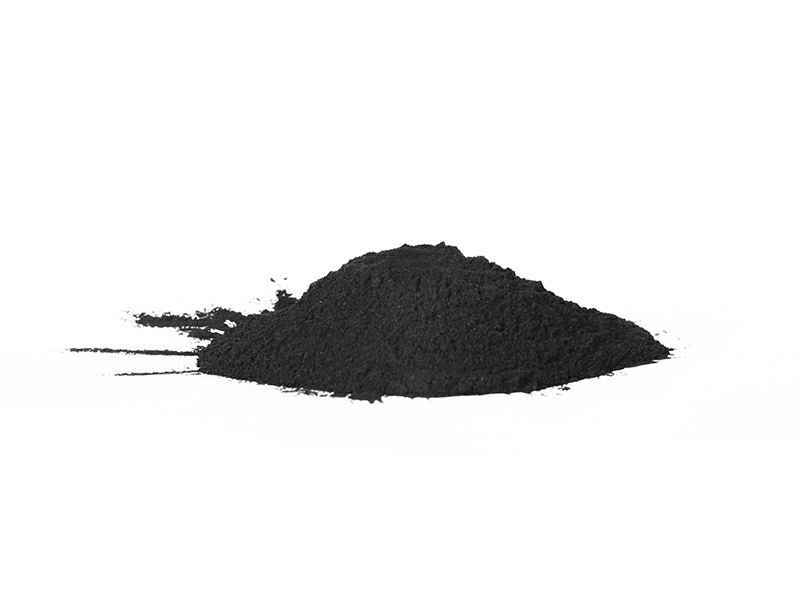The decolorizing active carbon of sugar solution is produced by zinc chloride method with high quality sawdust and other raw materials. It has developed mesoporous structure, large adsorption capacity and rapid filtration. It is mainly suitable for the decolorization, purification, deodorization and impurity removal of various amino acid industries, refined sugar decolorization, monosodium glutamate industry, glucose industry, starch sugar industry, food additives and other high pigment solutions.
① the decolorization rate of caramel in method a and method B shall be the index of decolorization rate.
② the accounting standard of water content is 10%.
③ the ash content of activated carbon produced by phosphoric acid method can be 7% - 9% (no matter what grade).
In the original GB / t13805-1992 technical indexes of the standard team, the top grade products, the first grade products and the second grade products have been greatly modified, and the decolorization rate of raw Caramel has been cancelled by 100%, 90%, 80%. The concept is expressed by the concentration of potassium barite grade standard of 60mg / L, 90mg / L, 130mg / L, and replaced by the concept expressed in the determination of caramel decolorization rate in GB / t12496.9-1999, which makes the top grade products, the first grade products and the second grade products distance, It is conducive to production and use.
Activated carbon is a kind of black porous solid carbon. In the early stage, it was made from wood, hard shell or animal bone by carbonization and activation, and then coal was used for production by crushing, shaping or carbonization and activation with uniform coal particles. The main organic component is carbon, and contains a small amount of oxygen, hydrogen, sulfur, nitrogen, chlorine and other elements. The specific surface area of common activated carbon is between 500-1700m2 / g. It is a kind of industrial adsorbent with very strong adsorption performance.
Structure: the activated carbon has microcrystalline structure. The arrangement of basic microcrystals is completely irregular. The microcrystalline is 9-12a (o) in height and 20-23a (o) in width (diameter in case of circular cross section). Its size is often significantly increased by high temperature treatment. In general, activated carbon produced micropores, transition pores or macropores during activation. The effective radius of micropore is less than 20A (o); the effective radius of transition hole is in the range of 20-1000a (o); the effective radius of large hole is generally in the range of 1000-100000a (o).




